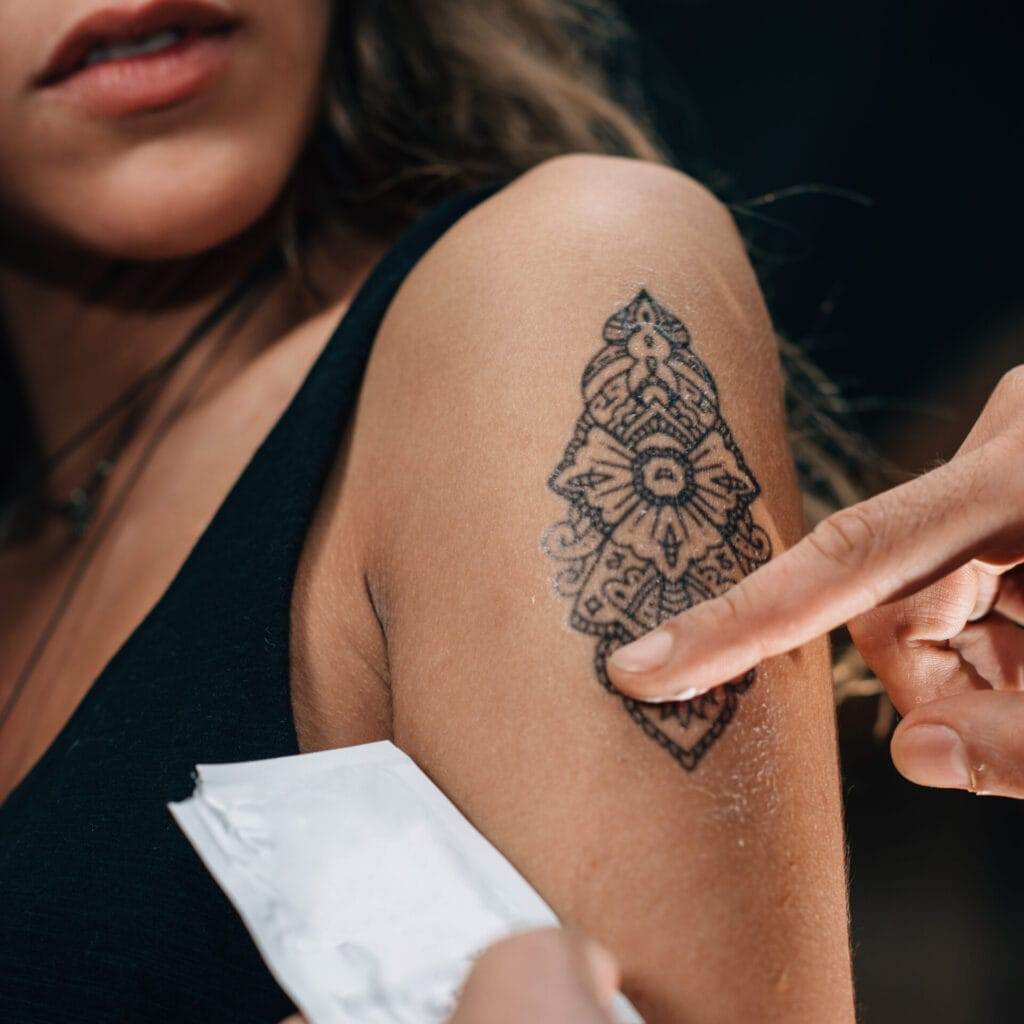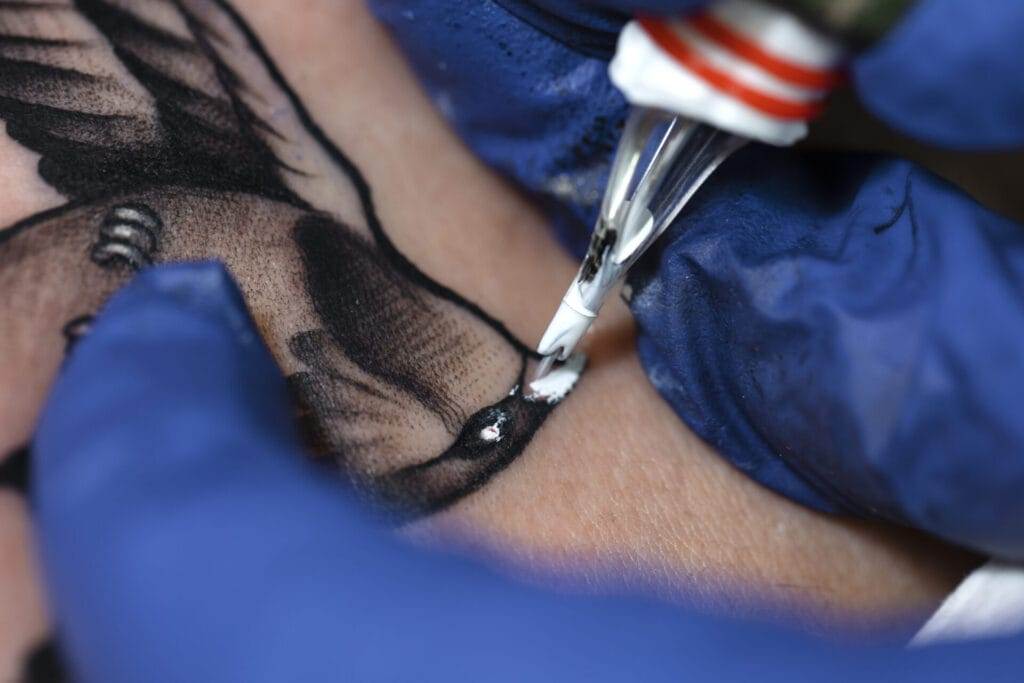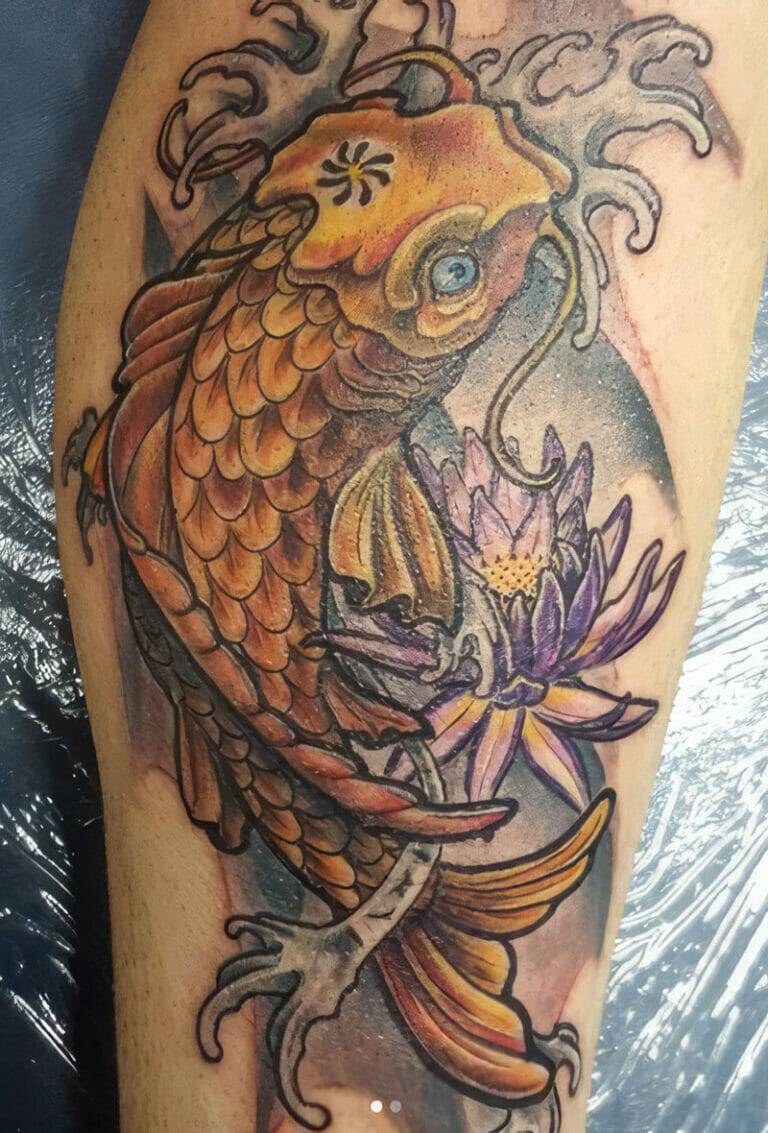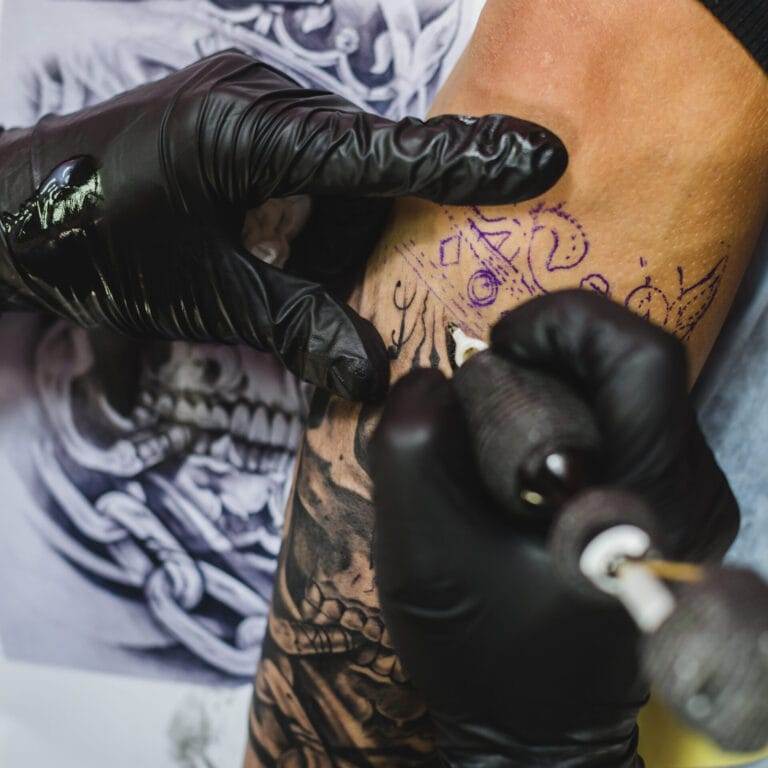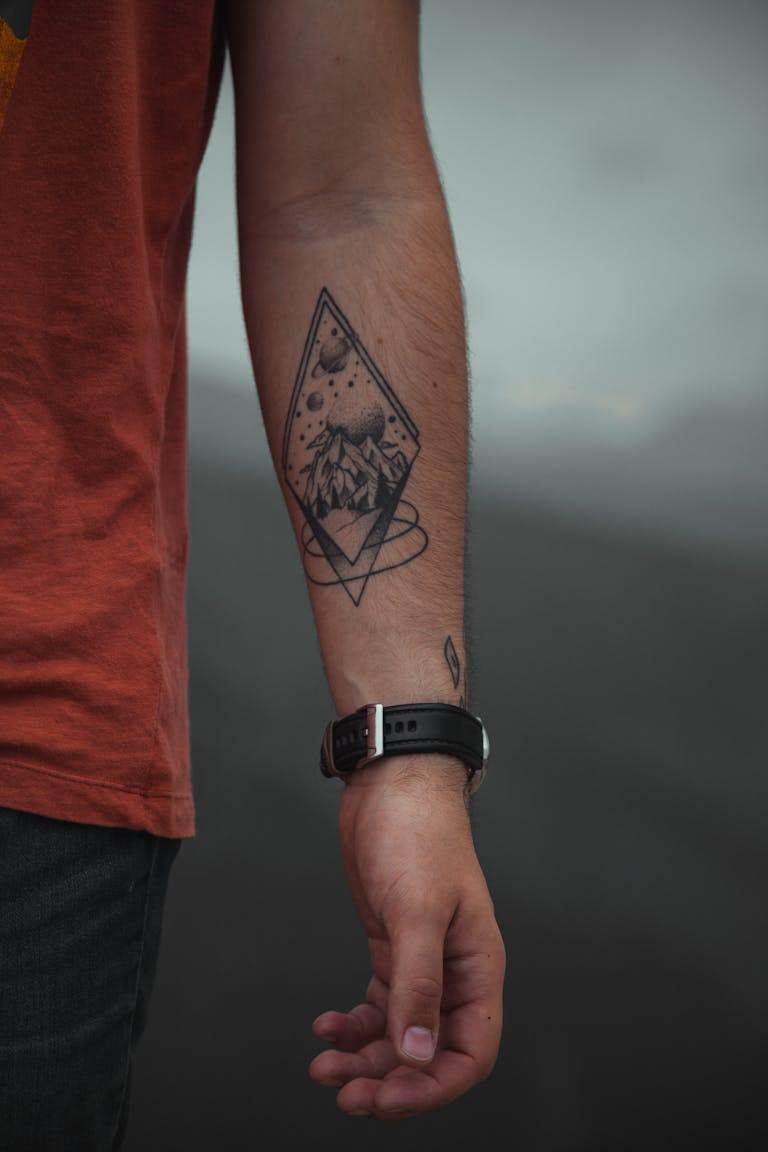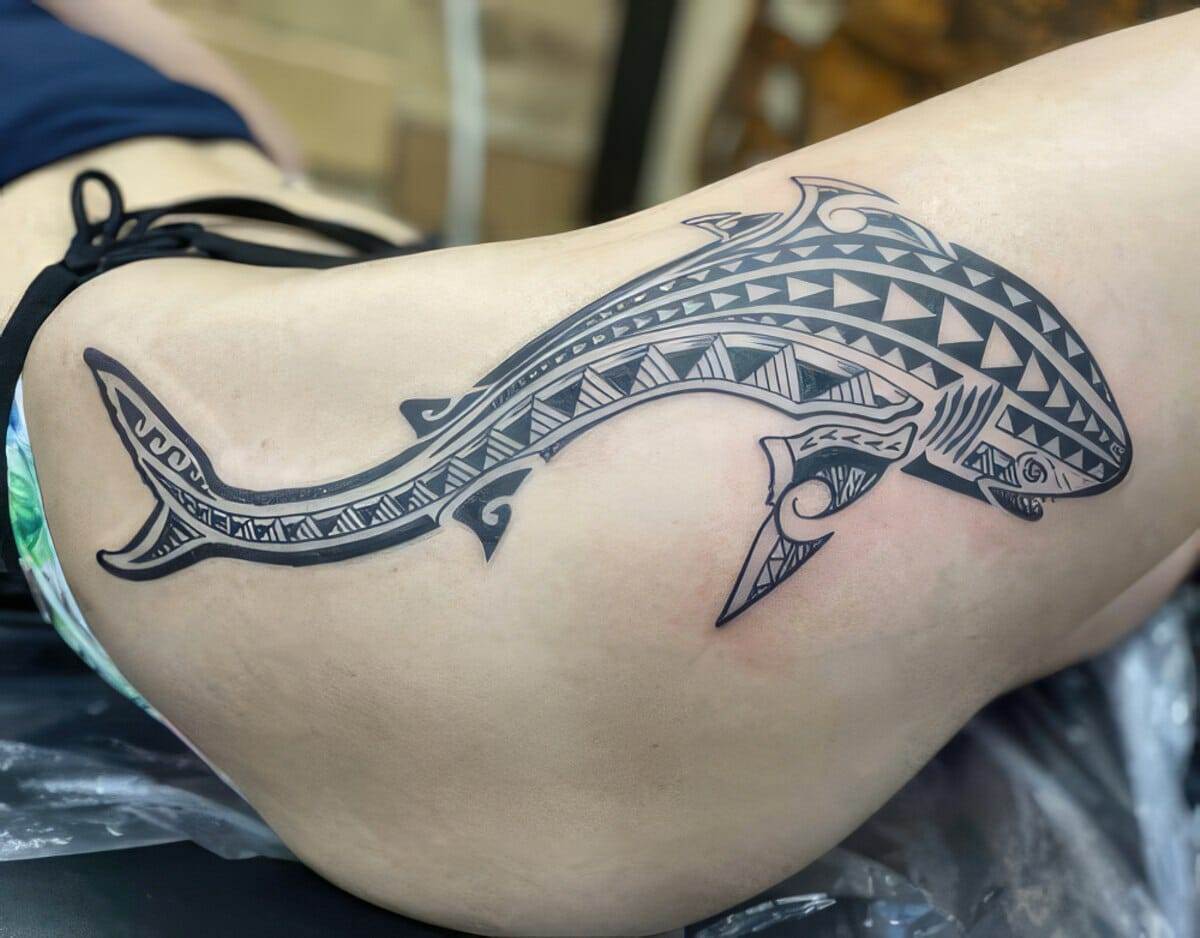
Tattoos have been a part of human culture for thousands of years, with evidence of their existence dating back to ancient civilizations. From the intricate designs of the Maori people in New Zealand to the symbolic tattoos of the Native Americans, tattoos have always held a significant place in different cultures around the world. In modern times, tattoos have become increasingly popular, with people using them as a form of self-expression and art.
The significance of tattoos varies across different cultures. In some societies, tattoos are seen as a rite of passage or a symbol of status and power. In others, they may be used for spiritual or religious purposes. Tattoos can also serve as a way to commemorate loved ones or express personal beliefs and values. Whatever the reason, tattoos have a unique ability to tell a story and leave a lasting impression.
Understanding the Lifespan of Tattoos: Factors that Affect Fading
While tattoos are meant to be permanent, they do fade over time. Several factors can contribute to the fading of tattoos, including skin type and location, sun exposure, age and quality of the ink, and lifestyle factors such as smoking and alcohol consumption.
The type of skin and location of the tattoo can greatly affect its lifespan. Tattoos on areas with thinner skin, such as the hands and feet, tend to fade faster than those on areas with thicker skin, like the back or chest. Additionally, individuals with oily skin may experience faster fading compared to those with dry or normal skin.
Sun exposure is another major factor that can cause tattoos to fade. UV rays from the sun can break down the ink particles in the skin, leading to color loss and distortion. It is important to protect your tattoos from the sun by using sunscreen or covering them up when spending time outdoors.
The age and quality of the ink used in the tattoo can also impact its longevity. Older tattoos may fade more quickly due to the degradation of the ink over time. Additionally, the quality of the ink used can vary greatly, with cheaper inks often fading faster than higher-quality ones.
Lifestyle factors such as smoking and alcohol consumption can also contribute to tattoo fading. Smoking can constrict blood vessels, reducing the flow of oxygen and nutrients to the skin, which can affect the vibrancy of the tattoo. Excessive alcohol consumption can also have a similar effect on the skin, leading to faster fading.
Choosing the Right Tattoo Ink: Quality Matters
When getting a tattoo, it is crucial to choose a reputable artist and shop that uses high-quality ink. The quality of the ink can greatly impact the longevity and appearance of the tattoo.
High-quality tattoo ink is made from organic pigments that are specifically formulated for use in tattoos. These pigments are designed to be long-lasting and resistant to fading. Cheaper inks may contain harmful ingredients or low-quality pigments that can cause allergic reactions or lead to faster fading.
Different types of ink have different properties and may be better suited for certain styles or colors. Traditional tattoo inks are made from a combination of organic and synthetic pigments, while newer inks may be formulated specifically for black and grey work or vibrant colors. It is important to discuss your desired style and color palette with your tattoo artist to ensure they are using the appropriate ink for your design.
Choosing a reputable tattoo artist and shop is essential for ensuring that high-quality ink is used. Look for artists who have a portfolio of their work and positive reviews from previous clients. It is also important to ask about their sterilization practices and ensure that they are using clean, single-use needles and equipment.
Aftercare Tips: What to Do Right After Getting Inked
Proper aftercare is crucial for ensuring that your new tattoo heals properly and retains its vibrancy. Immediately after getting inked, your tattoo artist will clean the area and apply a protective ointment or bandage. It is important to follow their instructions for aftercare to prevent infection and promote healing.
After getting a tattoo, it is important to keep the area clean and dry. Gently wash the tattoo with mild soap and water, avoiding harsh scrubbing or rubbing. Pat the area dry with a clean towel and avoid using any abrasive materials or products that may irritate the skin.
Applying a thin layer of ointment or cream recommended by your tattoo artist can help keep the tattoo moisturized and promote healing. Avoid using petroleum-based products, as they can clog pores and prevent proper healing. Instead, opt for a fragrance-free, water-based ointment or cream.
During the healing process, it is important to avoid activities that can damage the tattoo. This includes avoiding swimming pools, hot tubs, and saunas, as well as excessive sweating or exposure to direct sunlight. It is also important to avoid picking or scratching at the tattoo, as this can lead to scarring or color loss.
Long-Term Care: How to Keep Your Tattoos Clean and Moisturized
Proper long-term care is essential for maintaining the vibrancy and longevity of your tattoos. Daily cleaning and moisturizing routines can help keep your tattoos looking fresh for years to come.
To clean your tattoos on a daily basis, gently wash the area with mild soap and water. Avoid using harsh scrubbing or rubbing motions, as this can cause irritation or damage to the tattoo. Pat the area dry with a clean towel and avoid using any abrasive materials.
After cleaning, apply a thin layer of fragrance-free, water-based moisturizer to keep the tattoo hydrated. This will help prevent dryness and cracking, which can lead to color loss and fading. It is important to choose a moisturizer that is specifically formulated for tattoo care, as regular lotions may contain ingredients that can irritate the skin or fade the ink.
In addition to daily cleaning and moisturizing, it is important to protect your tattoos from excessive sun exposure. UV rays from the sun can cause the ink to fade and distort over time. Apply a broad-spectrum sunscreen with a high SPF to your tattoos whenever they are exposed to the sun. It is also a good idea to wear protective clothing or seek shade when spending extended periods of time outdoors.
Sun Protection: Why UV Rays are Your Tattoo’s Worst Enemy
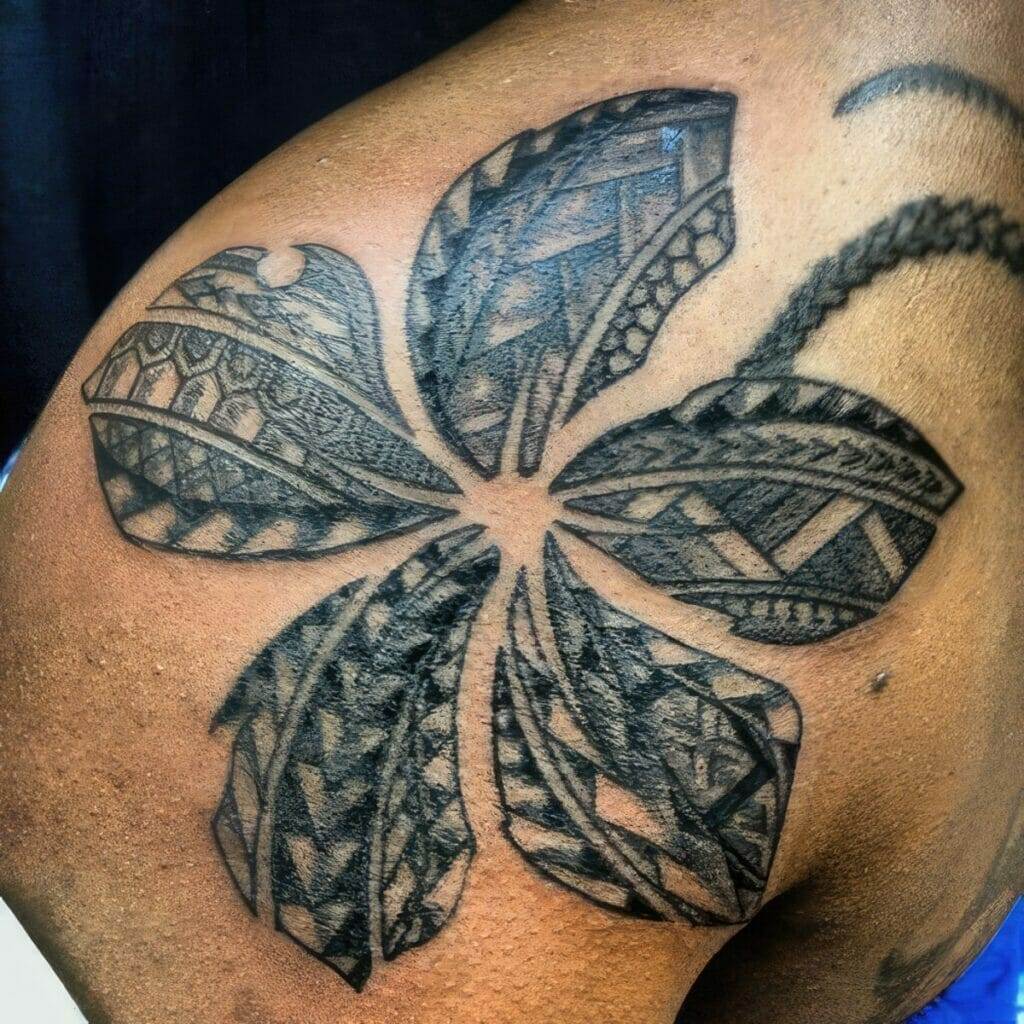
UV rays from the sun are one of the biggest threats to the longevity and vibrancy of tattoos. These rays can break down the ink particles in the skin, leading to color loss and distortion. Protecting your tattoos from the sun is crucial for maintaining their appearance.
UV rays are classified into two types: UVA and UVB. UVA rays penetrate deep into the skin and are responsible for causing premature aging, while UVB rays primarily affect the outer layers of the skin and are responsible for causing sunburns. Both types of rays can cause damage to tattoos.
To protect your tattoos from UV rays, it is important to apply a broad-spectrum sunscreen with a high SPF. Look for a sunscreen that provides protection against both UVA and UVB rays. Apply the sunscreen generously to all exposed areas, including your tattoos, and reapply every two hours or after swimming or sweating.
In addition to sunscreen, it is also a good idea to wear protective clothing when spending extended periods of time outdoors. This includes long-sleeved shirts, pants, and wide-brimmed hats that can provide additional coverage and protection for your tattoos.
Avoiding Harsh Chemicals: Products to Avoid When Caring for Your Tattoos
When caring for your tattoos, it is important to avoid using products that contain harsh chemicals or ingredients that can damage the ink or irritate the skin. Certain chemicals can cause the ink to fade or distort, while others can cause allergic reactions or other complications.
One common ingredient to avoid is alcohol. Alcohol-based products, such as hand sanitizers or astringents, can dry out the skin and strip away the natural oils that help keep tattoos moisturized. This can lead to dryness and cracking, which can cause color loss and fading.
Fragrances and dyes are another group of ingredients to avoid. These can cause irritation or allergic reactions, which can lead to inflammation and damage to the tattoo. Look for fragrance-free and dye-free products that are specifically formulated for tattoo care.
Petroleum-based products should also be avoided when caring for tattoos. These products can clog pores and prevent proper healing, leading to infection or scarring. Instead, opt for water-based ointments or creams that are designed to keep tattoos moisturized without clogging pores.
Touch-Ups and Cover-Ups: When and How to Revive Your Tattoos
Over time, tattoos may fade or lose their vibrancy. In some cases, touch-ups or cover-ups may be necessary to revive the appearance of the tattoo. Knowing when and how to approach touch-ups or cover-ups is important for maintaining the overall look of your tattoos.
Touch-ups are typically done when a tattoo has faded or lost some of its color over time. This can be caused by factors such as sun exposure, aging of the ink, or improper aftercare. Touch-ups involve going over the existing tattoo with fresh ink to restore its vibrancy and color.
When considering a touch-up, it is important to choose a reputable artist who has experience with tattoo restoration. Look for artists who specialize in touch-ups and have a portfolio of their work to ensure they have the skills necessary to revive your tattoo.
Cover-ups are a more extensive process that involves completely covering an existing tattoo with a new design. This is often done when someone wants to change or hide an existing tattoo. Cover-ups require careful planning and consideration to ensure that the new design effectively conceals the old one.
When choosing a new design or artist for a cover-up, it is important to take into account the size, color, and placement of the existing tattoo. Work with your tattoo artist to come up with a design that effectively covers the old tattoo while still maintaining a cohesive and aesthetically pleasing look.
Proper aftercare is crucial for ensuring that touch-ups and cover-ups heal properly and retain their vibrancy. Follow your artist’s instructions for aftercare, including cleaning and moisturizing routines, to promote healing and prevent complications.
Tattoo Removal: What to Consider Before Saying Goodbye to Your Ink
While tattoos are meant to be permanent, there may come a time when you decide that you no longer want a particular tattoo. Tattoo removal is an option for those who wish to completely remove or fade their tattoos. However, it is important to consider several factors before undergoing the removal process.
There are several methods of tattoo removal available, including laser removal, surgical excision, and dermabrasion. Each method has its own risks and benefits, and the choice of method will depend on factors such as the size and color of the tattoo, as well as individual preferences.
Laser removal is one of the most common methods used for tattoo removal. It involves using laser technology to break down the ink particles in the skin, allowing them to be naturally eliminated by the body’s immune system. Laser removal can be effective for fading or completely removing tattoos, but multiple sessions may be required for optimal results.
Surgical excision involves surgically removing the tattooed skin and stitching the surrounding skin together. This method is typically used for small tattoos and may leave a scar. Dermabrasion involves using a high-speed rotary device to remove the top layers of the skin, effectively removing the tattoo. This method can be painful and may also leave a scar.
Before undergoing tattoo removal, it is important to consult with a reputable specialist who can assess your tattoo and recommend the most appropriate method. They will also be able to discuss the risks and benefits of each method and provide realistic expectations for the outcome.
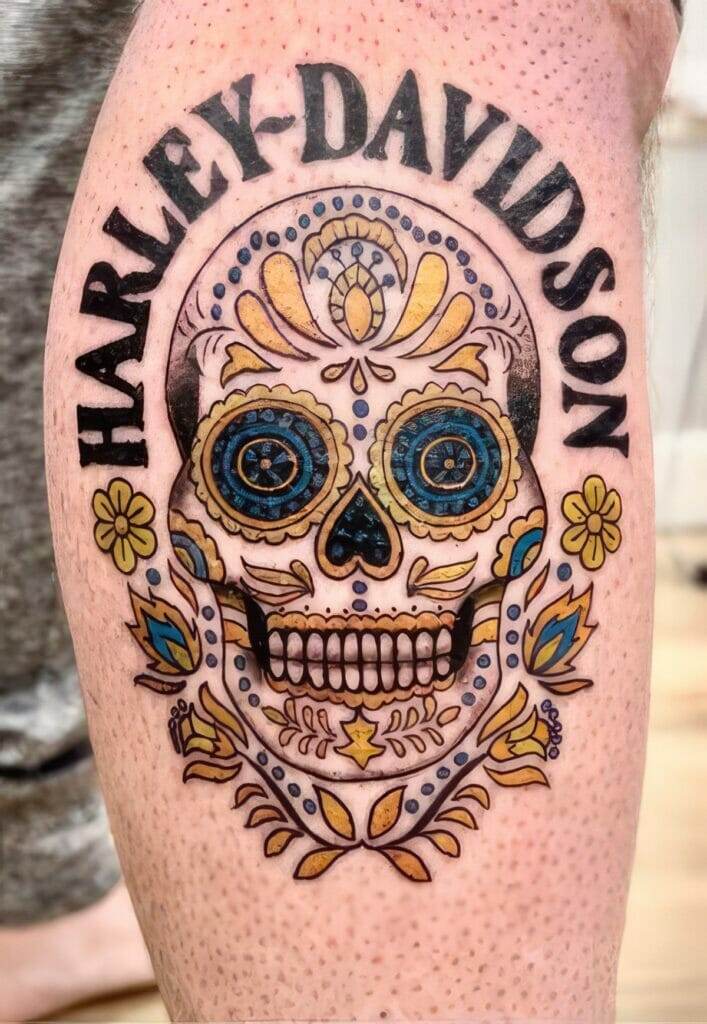
Common Tattoo Mistakes: How to Avoid Regrets and Keep Your Tattoos Looking Great
While tattoos can be a beautiful form of self-expression, there are common mistakes that people make that can lead to regrets or dissatisfaction with their tattoos. By being aware of these mistakes and taking steps to avoid them, you can ensure that your tattoos look great for years to come.
One common mistake is rushing into getting a tattoo without proper research or consideration. It is important to take the time to choose a design that you truly love and that holds personal meaning for you. Additionally, research different tattoo artists and shops to find one that aligns with your style and preferences.
Another mistake is not properly caring for your tattoo after getting inked. Proper aftercare is crucial for ensuring that your tattoo heals properly and retains its vibrancy. Follow your artist’s instructions for cleaning, moisturizing, and avoiding activities that can damage the tattoo.
Choosing a reputable artist and shop is also essential for avoiding tattoo mistakes. Look for artists who have a portfolio of their work and positive reviews from previous clients. Take the time to discuss your design and expectations with your artist to ensure they understand your vision.
Lastly, it is important to consider the long-term implications of getting a tattoo. While tattoos can be beautiful and meaningful, they are also permanent. Take the time to think about how a tattoo may affect your personal and professional life before making a decision.
Loving and Caring for Your Tattoos for a Lifetime
Tattoos are a beautiful form of self-expression and art that have been a part of human culture for thousands of years. They hold significance in different cultures and have become increasingly popular in modern times. Understanding the factors that affect the lifespan of tattoos, choosing high-quality ink, and practicing proper aftercare are all crucial for maintaining the vibrancy and longevity of your tattoos.
Protecting your tattoos from sun exposure, avoiding harsh chemicals, and knowing when and how to approach touch-ups or cover-ups are also important aspects of tattoo care. If you decide that you no longer want a particular tattoo, it is important to consider the risks and benefits of tattoo removal and consult with a reputable specialist.
By taking the time to research and choose a design that you truly love, finding a reputable artist and shop, and practicing proper aftercare, you can ensure that your tattoos look great for a lifetime. Tattoos are a form of self-expression and art that should be loved and cared for, allowing them to tell your unique story for years to come.

